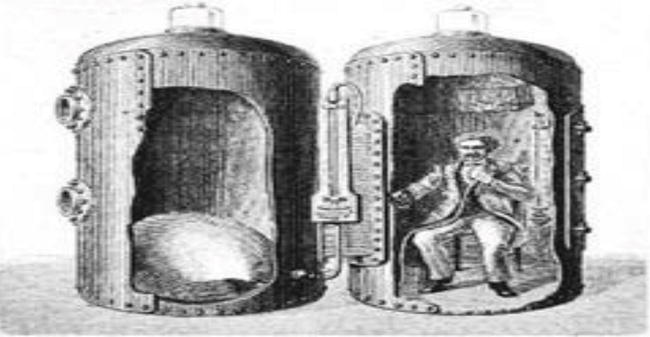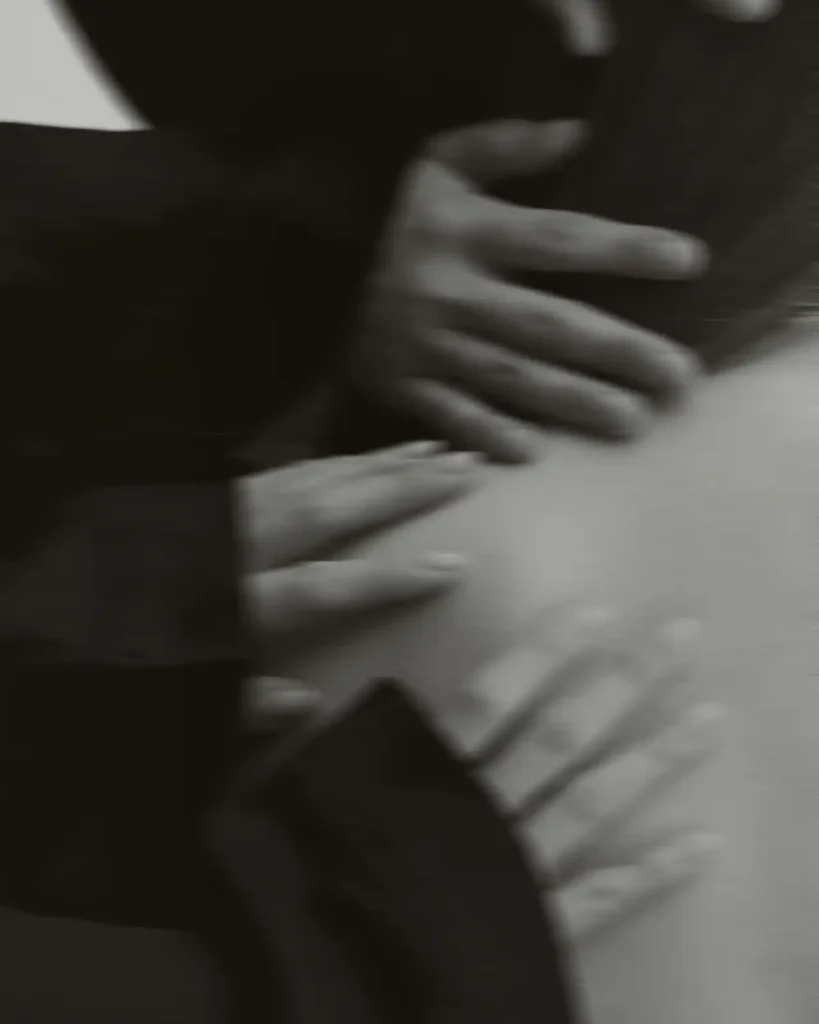Hyperbaric Oxygen Therapy (HBOT) might sound cutting-edge, and in many ways it is, however its roots go back hundreds of years. The story of HBOT is one of curiosity, discovery, and innovation, as physicians and scientists sought new ways to harness the power of pressure and oxygen for health.
Early Experiments: The 1600s
The idea of using pressure for health dates back to the 17th century. English physician Nathaniel Henshaw built a pressurised chamber he called the “domicilium,” believing it could relieve lung complaints. At the time, oxygen itself hadn’t yet been discovered, that wouldn’t happen for another century, so Henshaw relied on intuition and the prevailing “humoral theory” of medicine: change the pressure, change the body’s response.

Scientific Foundations: The Late 1800s
The science of pressure and gas took a leap forward thanks to French physiologist Paul Bert. He explained why divers became dangerously ill if they ascended too quickly (later known as decompression sickness, or “the bends”) and revealed that oxygen under pressure could be both healing and harmful if overused.
Bert’s work laid the foundation for both modern diving safety and therapeutic hyperbaric medicine.
Early Medical Use: 1900s
By the early 20th century, hyperbaric chambers were used primarily for decompression sickness and air embolisms, conditions where gas bubbles block circulation. Doctors also began experimenting with HBOT for pneumonia, gangrene, and poor circulation, even the Spanish Flu but these early trials lacked the rigour needed to make HBOT mainstream.
A Breakthrough in the 1950s
The 1950s brought a turning point. Physicians discovered HBOT’s life-saving power in treating carbon monoxide poisoning. Under pressure, oxygen not only restored blood oxygen levels but also pushed carbon monoxide off haemoglobin, allowing patients to recover faster. This became one of the first hospital-accepted uses of HBOT.
“Life Without Blood”: The 1960s
Dutch surgeon Ite Boerema made HBOT history when he proved that animals could survive temporarily with almost no blood as long as they breathed oxygen under pressure. His book Life Without Blood demonstrated that oxygen dissolved in plasma could sustain life beyond what red blood cells alone could achieve.
Mainstream Medicine: 1970s to Today
By the 1970s, HBOT had become a trusted hospital treatment for stubborn wounds, radiation injury, severe infections, and graft/flap salvage. Protocols were formalised worldwide, making HBOT part of standard medical care.
Today, HBOT has stepped beyond emergency medicine. Medical-grade chambers like our 2.0 ATA system at Longevity HQ are still used in hospitals but are now also available in advanced wellness centres, helping support recovery, brain health, performance, and healthy ageing.
Experience this proven therapy for yourself — book a hyperbaric oxygen session at Longevity HQ today



